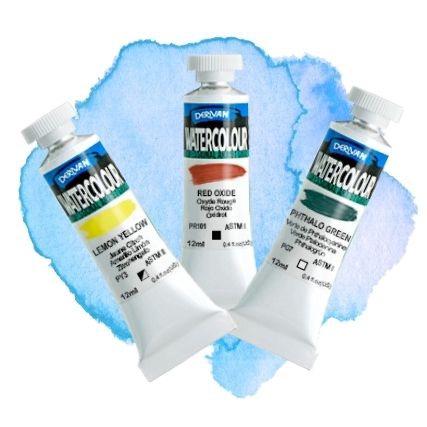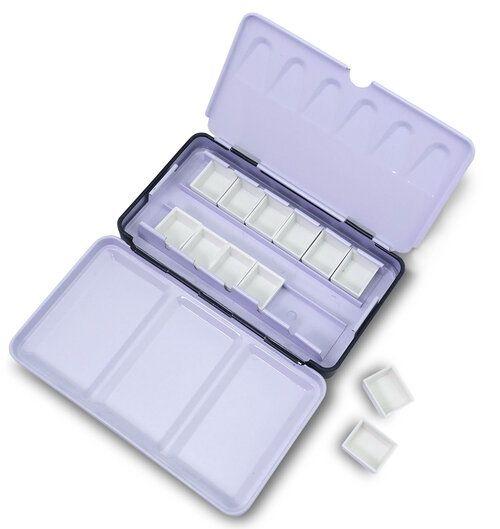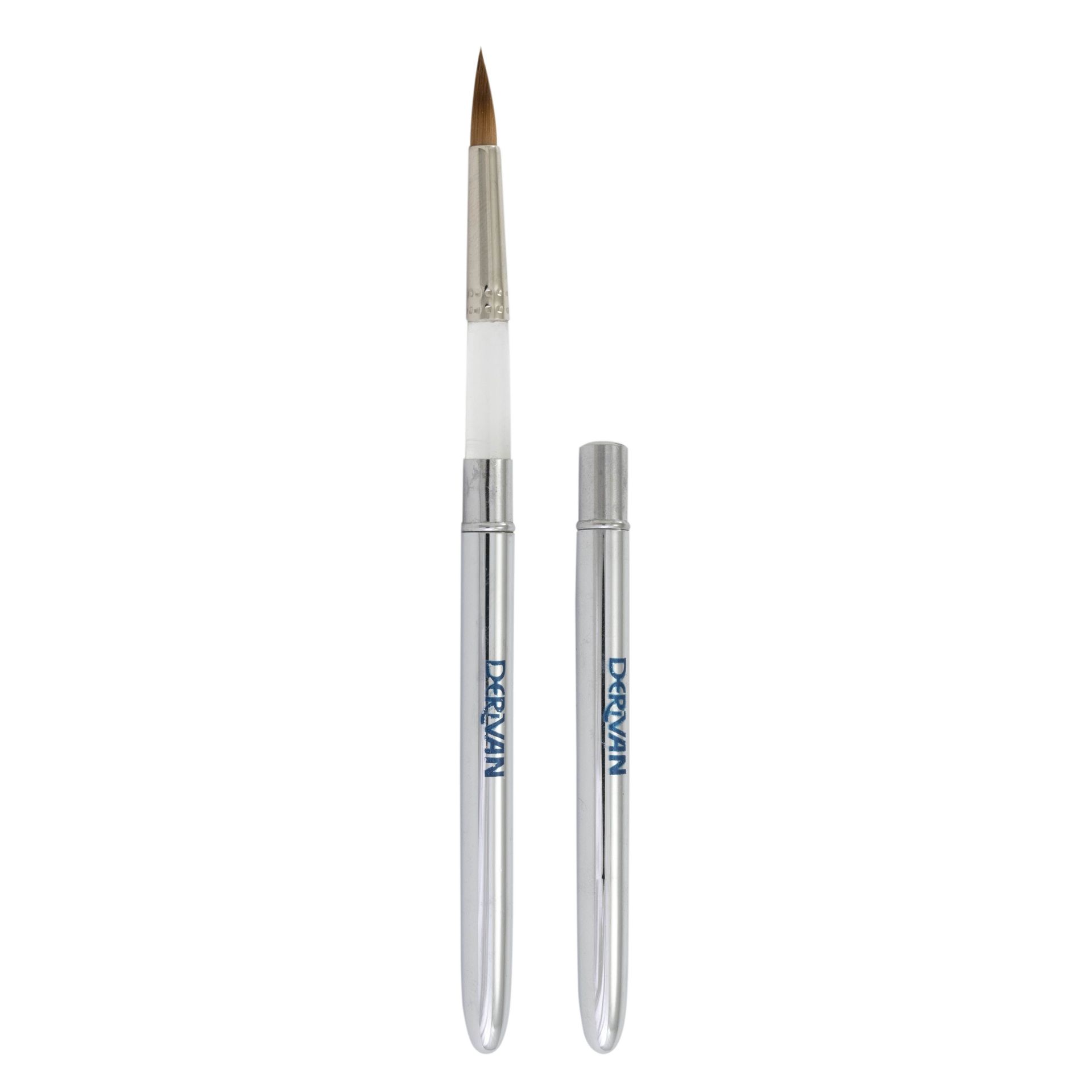Watercolour Paint Techniques
Watercolour - how to paint
Wash Technique
A wash, as the name suggests, is a layer of transparent or thinned down paint. This is useful for large areas such as skies. A wash is generally an even coverage of pigment although it can also be graduated or variegated. A graduated wash changes from more intense to less intense in colour. A variegated wash is one that changes from one colour to another.
Watercolour - how to paint
Glaze Technique
A glaze is a term given to a wash that is painted over another colour usually to produce a third colour. There is no limit to the number of glazes that can be used; however, too many over each other may lead to the loss of clarity and result in dullness.
Watercolour - how to paint
Wet on wet technique
This is the term given to painting one colour into another colour before the first colour has dried. By adding at least equal parts or more of water to paint, the paint will become very thin. This will generally allow the colours to bleed into each other without harsh lines separating them. Some pigments may blend with each other more readily. This is due to the difference in surface tension of the pigments. This technique will take some practice to master and is not completely controllable. The paper to be used should be dampened down well and kept moist.
Wet on Dry technique
This describes the method of painting over a layer which has already dried. A glaze is usually done wet on dry. Using Matisse Colours, previous work will not be re-wet whilst overpainting; therefore, they will not mix in and muddy the colours or bleed
GRANULATION
When adding water to achieve a wash, some pigments will look grainy or as though the individual particles of pigment can be seen. The pigments used in Matisse Colours are each ground to predetermined particle size. The size required is determined by the pigment type, chemical nature, transparency, etc. The pigment particle size is far smaller than can be seen with the naked eye. What appears to be grains are actually "clumps" of pigment particles drawn together by their own surface tension.
If this is the effect that is sought, all well and good. However, when the pigment groups together, the paint is not as efficient as it should be so more paint is needed to cover the same area.
USING ACRYLICS FOR WATERCOLOUR TECHNIQUES
When using Derivan Acrylics for watercolour techniques, the artist must keep in mind that acrylics, unlike traditional watercolours, are water fast when dry. In other words, they will not re-wet once they have dried. Traditional watercolours are based on the binder gum-arabic. This binder is soluble in water and will re-wet in water. Derivan Acrylics are based on a high-quality acrylic binder which, when dry, will not re-wet with water.
If re-wetting of the colour is desired, add 20% or more Derivan Drying Retarder to the Derivan Acrylics or Derivan Student. This will inhibit the "binding" of the acrylic and allow the acrylics to re-wet even when dry.


